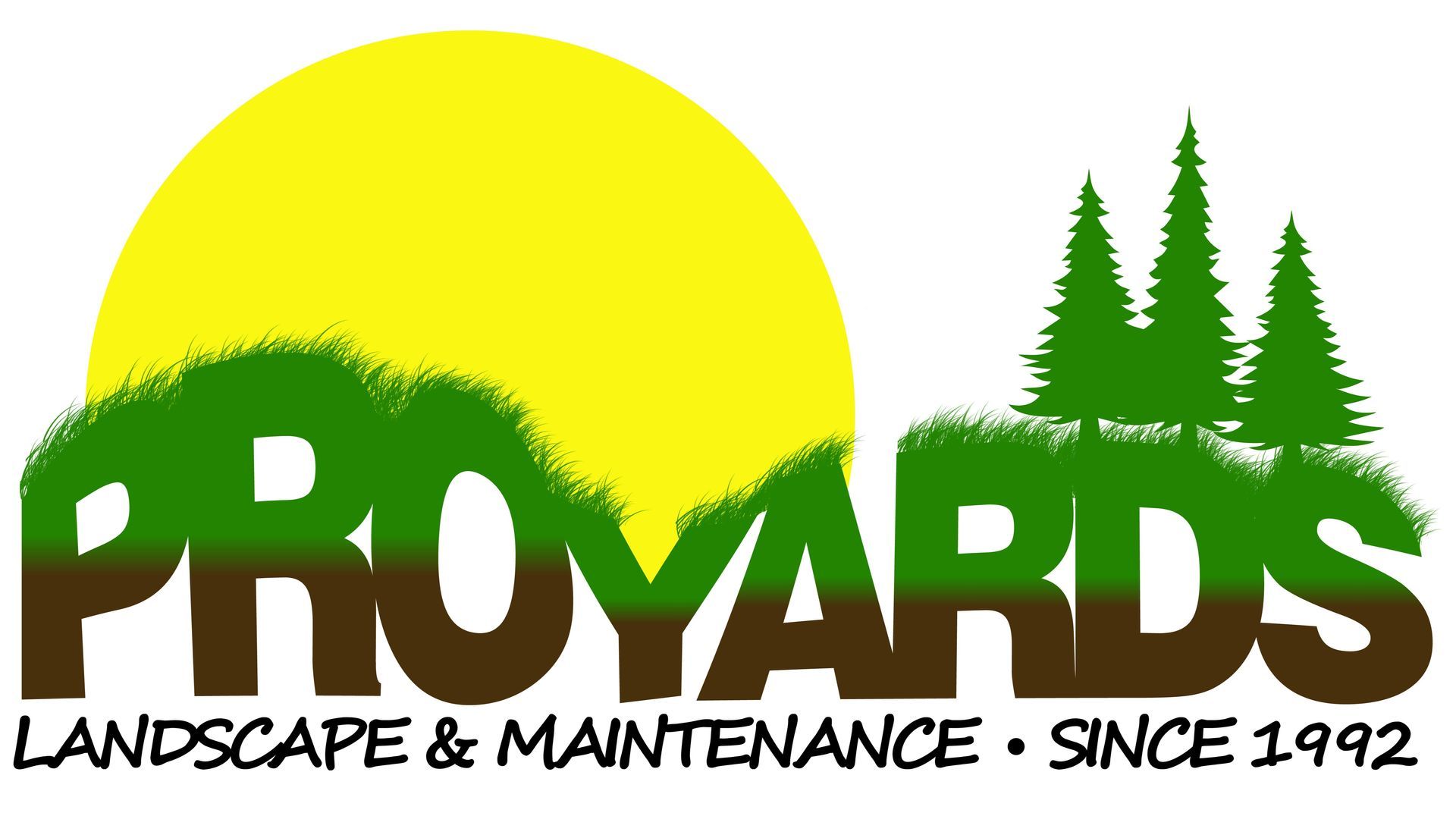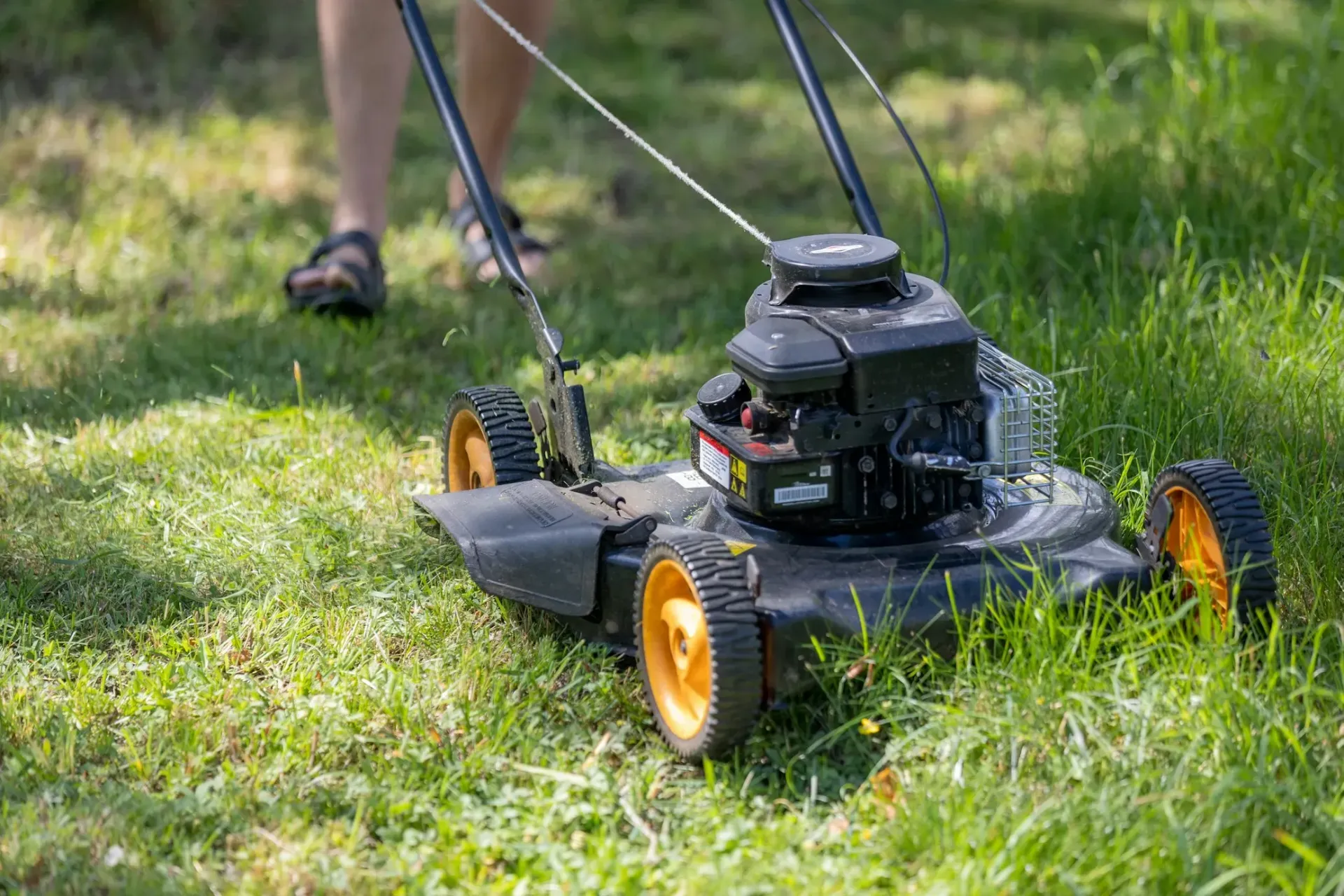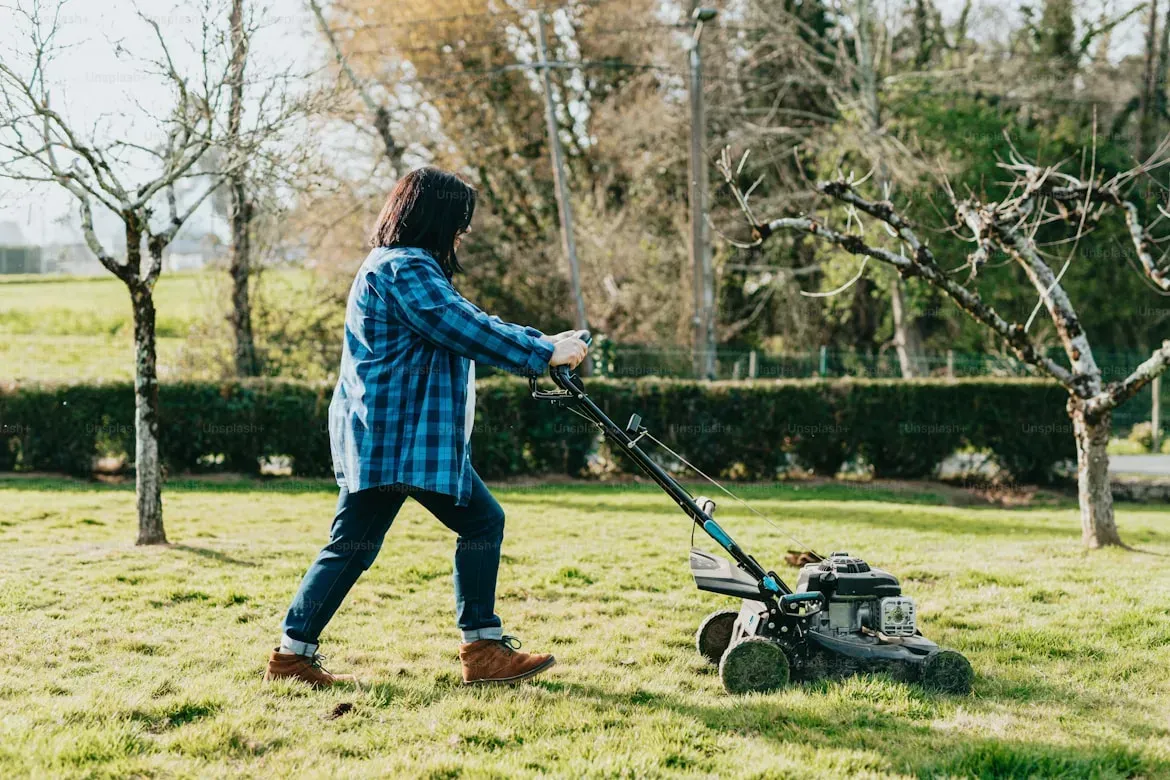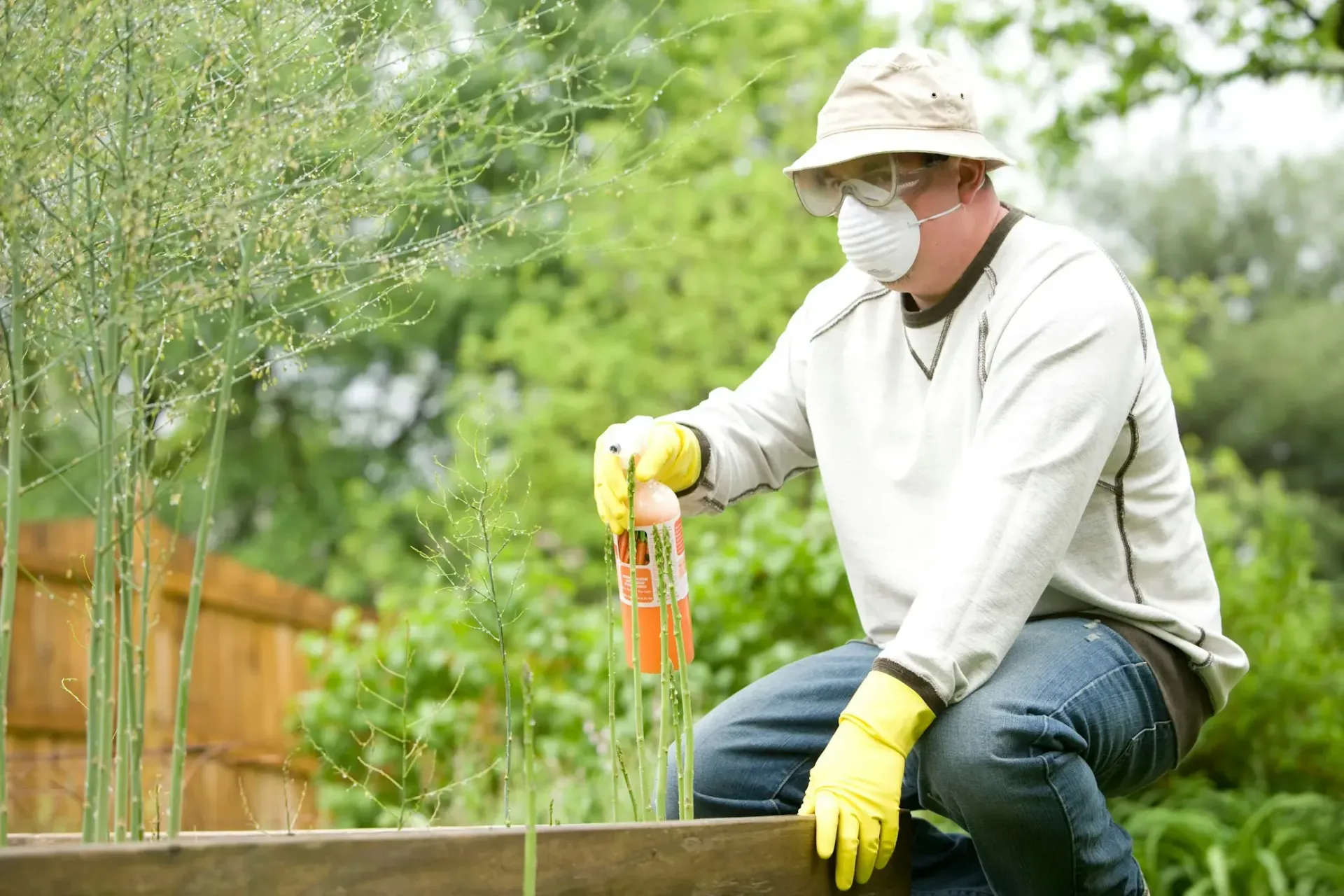Common Types of Fertilizers

Gardening is an art, a science, and a labor of love. Every choice we make, from the seeds we plant to the tools we wield, shapes the outcome of our gardens. Among these choices, selecting the right fertilizer stands out as crucial for nurturing healthy, vibrant plants. With a myriad of options available—organic, synthetic, granular, liquid, and slow-release—navigating the world of fertilizers can seem daunting. Yet, understanding these options is key to unlocking the full potential of your garden.
This blog aims to demystify fertilizers, providing you with a comprehensive guide to the different types available and how to choose the best one for your garden's unique needs. Whether you're a seasoned gardener or just starting to dip your toes into the soil, our insights will help you make informed decisions, ensuring your garden thrives in harmony with nature. Let’s embark on this journey together, cultivating knowledge to grow our greenest gardens yet.
Organic Fertilizer: Nourish Your Garden Naturally
When it comes to fostering a thriving garden, the choice of fertilizer plays a pivotal role. Among the various options available, organic fertilizers have gained popularity for their environmental benefits and their gentle, nurturing approach to plant growth. Derived from natural sources such as compost, manure, and bone meal, these fertilizers are a cornerstone for gardeners aiming to cultivate their plants in harmony with nature.
The Natural Choice for Plant Nutrition
Organic fertilizers provide a slow-release of nutrients, mimicking the natural soil nutrient cycle. This gradual process ensures that plants receive a steady supply of essential nutrients, like nitrogen, phosphorus, and potassium, over time. Unlike their synthetic counterparts, organic options reduce the risk of over-fertilization and nutrient runoff, making them a safer choice for your garden and the broader environment.
Optimal Application for Maximum Growth
To leverage the full potential of organic fertilizers, it's crucial to understand the best practices for their application. Here are some tips to get you started:
- Incorporate at the Right Time: Apply organic fertilizers during the planting phase or early in the growing season. This timing allows the nutrients to synchronize with your plants' growth cycles.
- Mix Well with Soil: Ensure that the fertilizer is well-incorporated into the soil. For existing plants, gently mix the fertilizer into the top layer of soil without disturbing the roots.
- Water It Down: After applying organic fertilizer, water your plants thoroughly. Moisture helps in breaking down the fertilizer, allowing the nutrients to become more accessible to your plants.
Synthetic Fertilizers: Boosting Growth with Precision
For those seeking swift growth and vibrant health in their gardens, synthetic fertilizers provide a powerful boost. Crafted from chemical compounds, these fertilizers deliver nutrients directly to plants, ensuring rapid absorption and immediate benefits.
Whether it’s a lush lawn or bountiful vegetable garden you’re after, synthetic fertilizers offer a tailored solution to meet specific gardening goals.
Immediate Nutrient Delivery for Peak Performance
The key advantage of synthetic fertilizers is their fast-acting nature, offering an immediate supply of nitrogen, phosphorus, and potassium. This rapid delivery is crucial for supporting plants during growth spurts or quickly addressing nutrient shortfalls, ensuring your garden remains robust and productive.
Best Practices for Synthetic Fertilizer Application
To harness the full power of synthetic fertilizers without the risk of overfertilization or environmental damage, precision in application is essential. Here’s how to do it right:
- Strictly Follow Label Directions: The manufacturer’s instructions are your best guide for how much and how often to apply, preventing the risk of nutrient runoff.
- Time Your Application Carefully: Apply during cooler parts of the day to reduce stress on plants. Early morning or late afternoon is ideal.
- Ensure Proper Watering: A light watering post-application helps dissolve the fertilizer, aiding in its absorption and preventing root burn.
Granular Fertilizer: Consistent Nutrition for Lasting Growth
Granular fertilizers are a go-to choice for gardeners seeking a steady, controlled release of nutrients. These small, solid pellets are designed to break down over time, providing a consistent nutrient supply that supports sustained plant growth. Ideal for a broad range of gardening applications, granular fertilizers offer the benefit of ease of use along with gradual nutrient release, making them perfect for maintaining long-term garden health and vitality.
Sustained Release for Continuous Support
The standout feature of granular fertilizers is their slow-release formula. This ensures that plants receive a continuous supply of essential nutrients, such as nitrogen, phosphorus, and potassium, over extended periods. By mimicking the natural feeding process, granular fertilizers promote robust root development and overall plant health without the risk of nutrient overload.
Applying Granular Fertilizer Effectively
To maximize the benefits of granular fertilizers and ensure the well-being of your garden, follow these application tips:
- Measure Accurately: Use a spreader or your hands (wearing gloves) to apply the granular fertilizer evenly across the soil surface, based on the recommended rate.
- Incorporate into the Soil: For best results, lightly mix the fertilizer into the top layer of soil or apply before planting. This helps ensure the nutrients are accessible to plant roots.
- Water Well: After application, water your garden thoroughly. Watering helps the granules break down more efficiently, releasing nutrients into the soil for plant uptake.
Liquid Fertilizer: Immediate Impact for Fast-Growing Gardens
Liquid fertilizers stand out for their rapid action and precise nutrient delivery, making them ideal for gardeners seeking immediate effects and targeted feeding. These water-soluble nutrients provide a quick boost to plants, facilitating fast growth and addressing deficiencies in real-time. Perfect for both indoor plants and outdoor gardens, liquid fertilizers adapt seamlessly to various gardening needs, offering flexibility and efficiency.
Quick Absorption for Speedy Results
The main appeal of liquid fertilizers is their ability to be absorbed quickly by plants. This swift uptake means nutrients are available almost immediately, supporting critical growth stages and enhancing overall plant health. Whether you're looking to jump-start seedlings, revitalize stressed plants, or boost flowering and fruiting, liquid fertilizers deliver timely and effective nourishment.
Tips for Applying Liquid Fertilizer Effectively
Maximize the impact of liquid fertilizers with these straightforward application guidelines:
- Follow Dilution Instructions: To prevent over-fertilization and potential plant damage, it's crucial to dilute liquid fertilizers according to the package directions.
- Use a Sprayer or Watering Can: Apply diluted fertilizer directly to the soil at the base of the plants, or use a foliar spray for leaves, ensuring even coverage and absorption.
- Apply During Active Growth: Liquid fertilizers are most effective when plants are actively growing. Apply in the early morning or late afternoon to avoid the midday heat, which can stress plants.
Slow-Release Fertilizer: Steady Growth Over Time
Slow-release fertilizers are the unsung heroes of the gardening world, offering a low-maintenance solution to plant nutrition that lasts for months. These fertilizers release nutrients gradually, mirroring the natural growth cycles of plants and ensuring a steady supply of essential elements like nitrogen, phosphorus, and potassium. Ideal for gardeners looking for a set-it-and-forget-it approach, slow-release fertilizers reduce the need for frequent applications, making garden maintenance simpler and more efficient.
Gradual Nutrient Delivery for Optimal Health
The core advantage of slow-release fertilizers lies in their ability to provide a consistent nutrient release, eliminating the peaks and troughs associated with other fertilization methods. This steady nourishment supports sustained plant growth, enhances root development, and improves overall plant vigor without the risk of nutrient burn or leaching.
Effective Application Strategies for Slow-Release Fertilizers
To get the most out of slow-release fertilizers and ensure your garden thrives, consider these application tips:
- Time Your Application: The best time to apply slow-release fertilizers is at the beginning of the growing season or when planting new plants. This timing ensures nutrients are available right when plants start to grow.
- Apply According to Guidelines: Use the recommended amount specified on the product label. Overuse won’t speed up results but can harm your plants and the environment.
- Incorporate into the Soil: For best results, mix slow-release fertilizer granules into the soil around your plants. This ensures that the nutrients are in close proximity to the roots where they're most needed.
Conclusion: Nurturing Your Garden with the Right Fertilizer
In the quest for a lush, vibrant garden, the choice of fertilizer is pivotal. Whether you lean towards the sustainability of organic fertilizers, the potency of synthetic options, the endurance of granular and slow-release fertilizers, or the immediacy of liquid varieties, each has its place in a gardener's toolkit. The key lies in matching the right product with your garden's specific needs and your gardening goals. Armed with the insights from this guide, you're well-equipped to nourish your garden for peak performance and beauty.
Looking for a professional touch to elevate your garden or landscape? Proyards stands out as your premier choice in Salt Lake City, Lehi, Saratoga Springs, Eagle Mountain, and American Fork. Our comprehensive suite of services, including landscaping, hardscapes, irrigation, tree service, and pest control, ensures your outdoor space is not only beautiful but thriving and healthy. At Proyards, we're committed to bringing your outdoor visions to life, backed by expert knowledge and impeccable service.
Why choose Proyards? We understand the unique challenges and opportunities of each area we serve, tailoring our approach to meet your specific needs. Whether you're looking to redesign your backyard, install a new irrigation system, or require expert tree care, Proyards is your go-to solution. Let us transform your outdoor space into a stunning, functional extension of your home. Contact us today to see how we can make your garden dreams a reality.
Frequently Asked Questions
Q: Can I use one type of fertilizer for all my plants?
Different plants have unique nutrient requirements. While some fertilizers are formulated as "all-purpose," tailoring your choice to specific plant needs—considering factors like growth stage, plant type, and soil conditions—can yield better results.
Q: How often should I fertilize my garden?
A: The frequency depends on the type of fertilizer and your garden's specific needs. Organic fertilizers are typically applied less frequently due to their slow-release nature, while liquid and synthetic fertilizers might require more regular applications. Always check the product's instructions for the best guidance.
Q: Are there environmentally friendly fertilizer options?
A: Yes, organic fertilizers are considered more environmentally friendly as they are made from natural materials and promote healthy soil ecosystems. Additionally, using slow-release fertilizers can minimize nutrient runoff into waterways.
Q: What's the difference between fast-release and slow-release fertilizers?
A: Fast-release fertilizers provide nutrients to plants quickly but can be short-lived, requiring more frequent application. Slow-release fertilizers, on the other hand, deliver nutrients over a longer period, offering sustained feeding with fewer applications.
Q: How can I avoid common mistakes when using fertilizer?
To minimize mistakes, always follow the application instructions on the fertilizer package, avoid over-fertilizing, and choose the right type of fertilizer for your plants and soil. Additionally, conducting a soil test can help you understand your garden's specific nutrient needs.
Q: Is it better to fertilize before or after rain?
It's generally better to fertilize after rain when the soil is moist but not saturated. This helps the fertilizer to dissolve and penetrate the soil more effectively, ensuring that nutrients are accessible to plant roots. However, avoid fertilizing right before heavy rain to prevent nutrient runoff.
Our Services
Contact Information
Phone: (801) 254-2890
Email: proyardcustomers@gmail.com
Business Hours
- Mon - Fri
- -
- Sat - Sun
- Closed
Area We Serve
All Rights Reserved | Proyards









